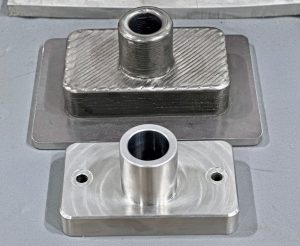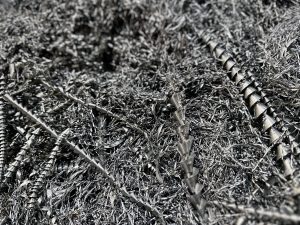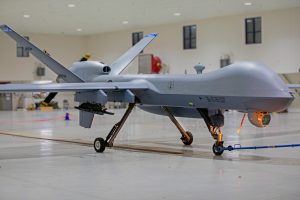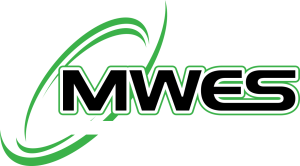The ADDere laser-wire additive manufacturing process creates complex metal parts by depositing layers of metal wire on a build plate. This process offers many advantages over traditional manufacturing methods, such as reduced material waste, increased design flexibility, and faster production time. However, metal additive manufacturing also poses some challenges in standardizing quality control and traceability processes, both of which are essential for ensuring the reliability and safety of the printed parts.
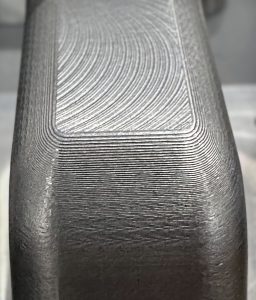
The quality control methods and standards ADDere utilizes verify that the printed parts meet the dimensional specifications and requirements of the intended application. Additionally, recording the traceability tracks the build of the printed parts, including the materials, processes and parameters used during the printing process.
Both processes provide evidence of compliance with regulatory and industry standards ISO 9001 and AS9100. Also, they enable the identification and correction of errors or deviations that may occur during the printing process. Ultimately, these processes will facilitate improving and optimizing the printing process based on feedback and data analysis.
How ADDere Ensures Quality Control
ADDere employs several methods and tools to ensure quality control and traceability in large-scale 3D metal printing processes.
In-Process Monitoring
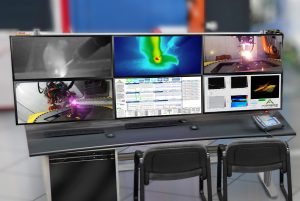
Sensors and cameras measure and record the temperature, pressure, laser power and melt pool geometry. These parameters detect anomalies, defects or deviations from the expected build values and allow the operator to adjust or stop the printing process accordingly.
Post-Process Inspection
Post-process inspection involves using simple techniques, such as visual inspection, dimensional measurement, and hardness testing, as well as more sophisticated techniques such as a contactless coordinate measuring machine (CMM) to evaluate the quality and properties of the printed parts. These techniques can verify that the printed parts meet the specifications and requirements of the intended application and identify any defects or flaws that may affect their performance or functionality.
Data Processing
Collects, stores and analyzes the data generated by the in-process monitoring and post-process inspection. The data can be used to create a digital record or a digital copy of each printed part, providing information about its history and origin, such as the materials, slicing and parameters used during the additive manufacturing process. Data processing also enables data-driven decision-making and continuous improvement of the printing process based on feedback and data analysis.
These methods and processes allow 3D metal printing to achieve high levels of quality control and traceability, enhancing the 3D manufacturing parts’ geometric characteristics and re-printability. ADDere’s print services and additive systems ensure quality control in every part that we print. Utilizing technologies such as contactless optical 3D scanning will determine the dimensional quality of the prints.
Contact us today if ADDere meets your application.

